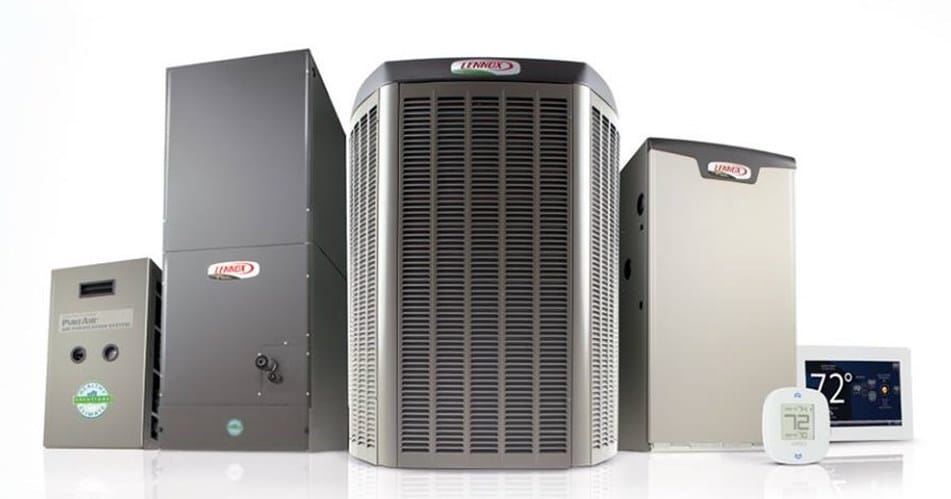Arlington Dryer Vent & Exhaust Fan Cleaning Services
Professional Cleaning & Service For Dryer Vents & Exhaust Fans
At Texas Air Authorities, we’ll do everything within our power to keep you from becoming a statistic. We will saddle up and ride on over to take care of all of your dryer vent needs, including cleaning, repair, replacement and installation. Our technicians are sharpshooters when it comes to dryer vents. We have the skills and experience to evaluate the evidence and solve the case. When we ride off into the sunset after tackling your dryer vent problem, you can rest assured it will be operating safely, efficiently and affordably.
Most manufacturers recommend that dryer vents be cleaned at least once a year and, depending on usage, as frequently as once a month. At Texas Air Authorities, we’ll investigate thoroughly and use the most powerful ammunition to revive your dryer’s efficiency and reliability.
Schedule Your Service Today!
Call or contact us online to schedule your appointment with Texas Air Authorities.
Our large arsenal of cleaning services include:
Visual inspection
Lint screen cleaning
Booster fan cleaning
Line cleanings
Clog and debris removal
What Are The Benefits of Regularly Cleaning Your Dryer Vents?
When you allow our crackerjack team to clean your dryer vents, you’ll experience an arsenal of benefits, including increased fire safety, decreased risk of excessive carbon monoxide, lower energy costs, greater efficiency, longer dryer lifespan, elimination of mold and less wear-and-tear on clothes and other laundered items.
What Are The Dangers of Not Cleaning Your Dryer Vents?
You probably think that cleaning out the lint trap in your dryer is all the upkeep it requires. But lint and other gunk can get past the lint trap and clog the dryer vent. Dryer vents are also vulnerable when inferior materials are used or the installation is shoddy. This can lead to an arsenal of problems, including fires, carbon monoxide buildup, inefficient operation, higher energy bills, greater wear and tear on clothing and mold growth.
According to the National Fire Protection Association, there are roughly 15,970 home structure fires involving clothes dryers or washing machines each year. On average, these fires kill 13 people, injure 444 and cause $238 million in property damage. The majority—92 percent—involves clothes dryers, and the materials that go up in flames first are usually dust, fiber and lint.
You don’t need to give your dryer the third degree to determine if there’s a clog or an obstruction. The prime suspect usually is more than wiling to “talk.”
If you notice any of these things, it probably means your dryer is no longer on the straight and narrow:
There’s excess lint buildup behind the dryer.
It’s taking longer to dry your clothes and other items.
Your clothes are covered with lint.
The lint trap is empty following a drying cycle.
Lint is collecting around the door seal.
